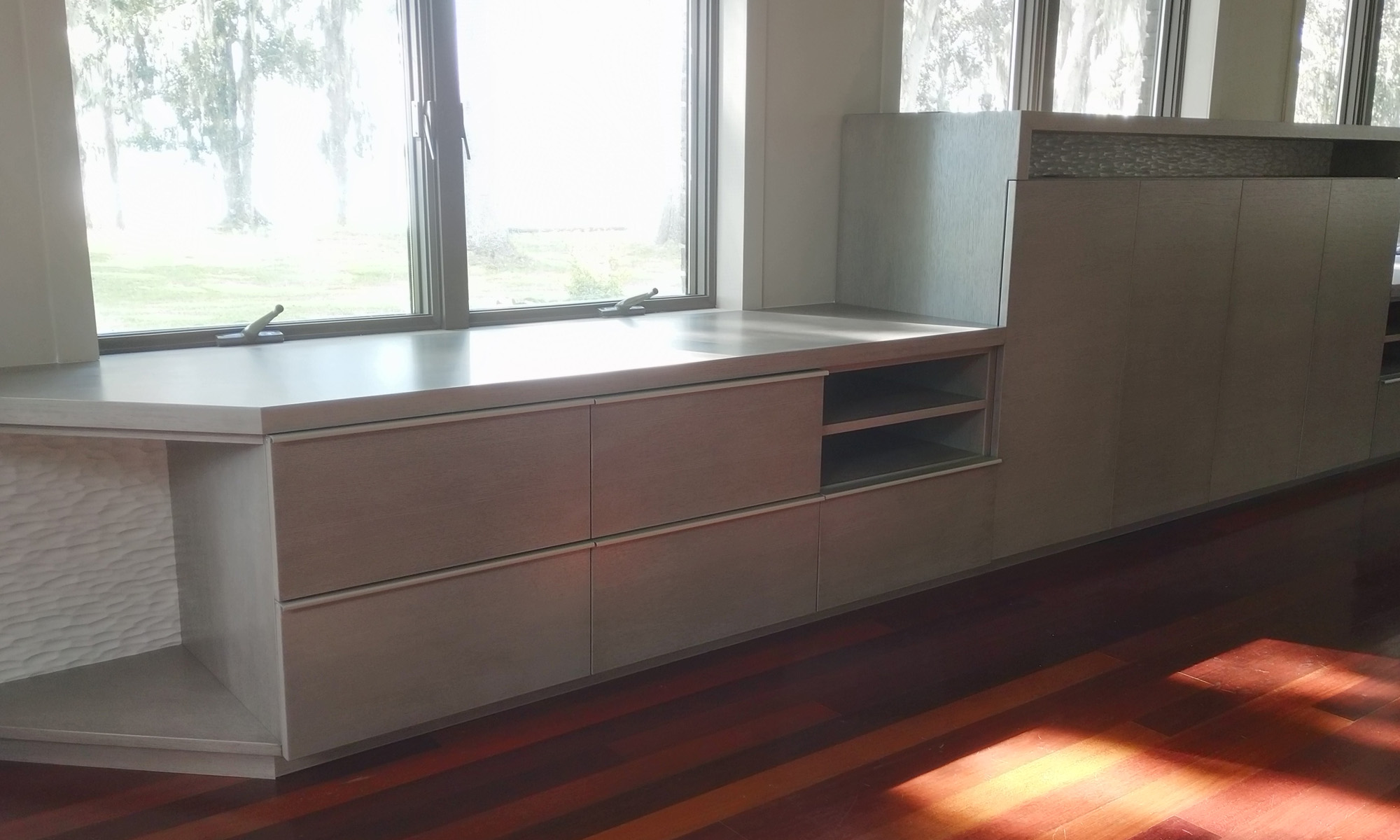I buy my bowl and detail gouges from Thompson Tools. They come unhandled and I have always turned wooden handles for them. I enjoy the process of turning a handle for a tool that I will be using for a number of years. However, as I have started to travel more for demonstrations, I’ve found that it is pretty challenging to pack long handled gouges. So I decided to make some new handles for my bowl and detail gouges.
A couple of years ago I saw Mark St. Ledger demonstrate at the Florida Woodturning Symposium. As well as thoroughly enjoying his demonstration, I remembered the handles he was using on his gouges. I’m not sure what he was using as an insert, but I do remember that the handle was made from PVC pipe. I decided to see if I could make something similar.
I ordered a length of 1 3/8″ aluminum round bar and also brought some 1″ Schedule 40 PVC. I chose the Schedule 40 over the other variety they had in the big box store as the Schedule 40 had thicker walls.
The first step was to cut the aluminum round bar into 2 1/2″ lengths. I did this using a v-block on my bandsaw.
I then mounted the length of aluminum round bar on my lathe using the long jaws of my chuck and drilled it. I find that I get more accurate results if I drill the hole out in increments of about 1/8″ diameter. On this particular insert I needed a hole of 1/2″ diameter. So I first drilled a 3/8″ diameter hole …
… and then drilled the 1/2″ diameter. I also used a bit of oil to lubricate the bit. The hole was drilled all the way through the aluminum round bar.
Without removing the round bar from the long jaws, the next step was to face off the aluminum using a detail gouge.
I then turned a 1 1/2″ long tenon to match the internal diameter of the PVC pipe, approximately 1″.
A test fit to make sure that I had a snug fit and PVC butted square up to the shoulder of the tenon.
I then supported the PVC pipe using a 60 degree live center in the tail stock.
I turned the section of the round bar up to the chuck jaws down to match the external diameter of the PVC pipe.

I then sanded the PVC pipe using 80 grit to get rid of the lettering on the pipe, and then worked my way through the grits ending at 180. This left a surface that felt good, relatively smooth with a bit of texture.
I reversed the round bar in the chuck jaws … 
… and finished turning the nose of the insert.
Moving to the drill press I drilled a hole in the insert. I held the insert steady using a v-groove block while I was drilling.
I then tapped the hole with a 1/4 – 20 thread.
Finally, I mounted the insert back on the lathe and just cleaned up the inside of the hole again.
Completed sanding the insert and a bit of polish. All shiney 🙂

The next step was to make a hardwood plug for the other end of the handle. I chose to make this from African Mahogany, firstly because I wanted to include some wood in the handle, but also because at this stage I was pretty tired of turning aluminum. The steps to make the end plug were exactly the same as for the aluminum insert with the exception of all the drilling and tapping.
Once the hardwood plugs were made I expoxied them and the aluminum inserts into the PVC pipes, and gave the handles a couple coats of matt lacquer. 
Hero shot of the completed set of handles!
The African Mahogany plugs. They look great against the white PVC.

The business end of the handles showing the aluminum inserts with socket set screw.























































































































